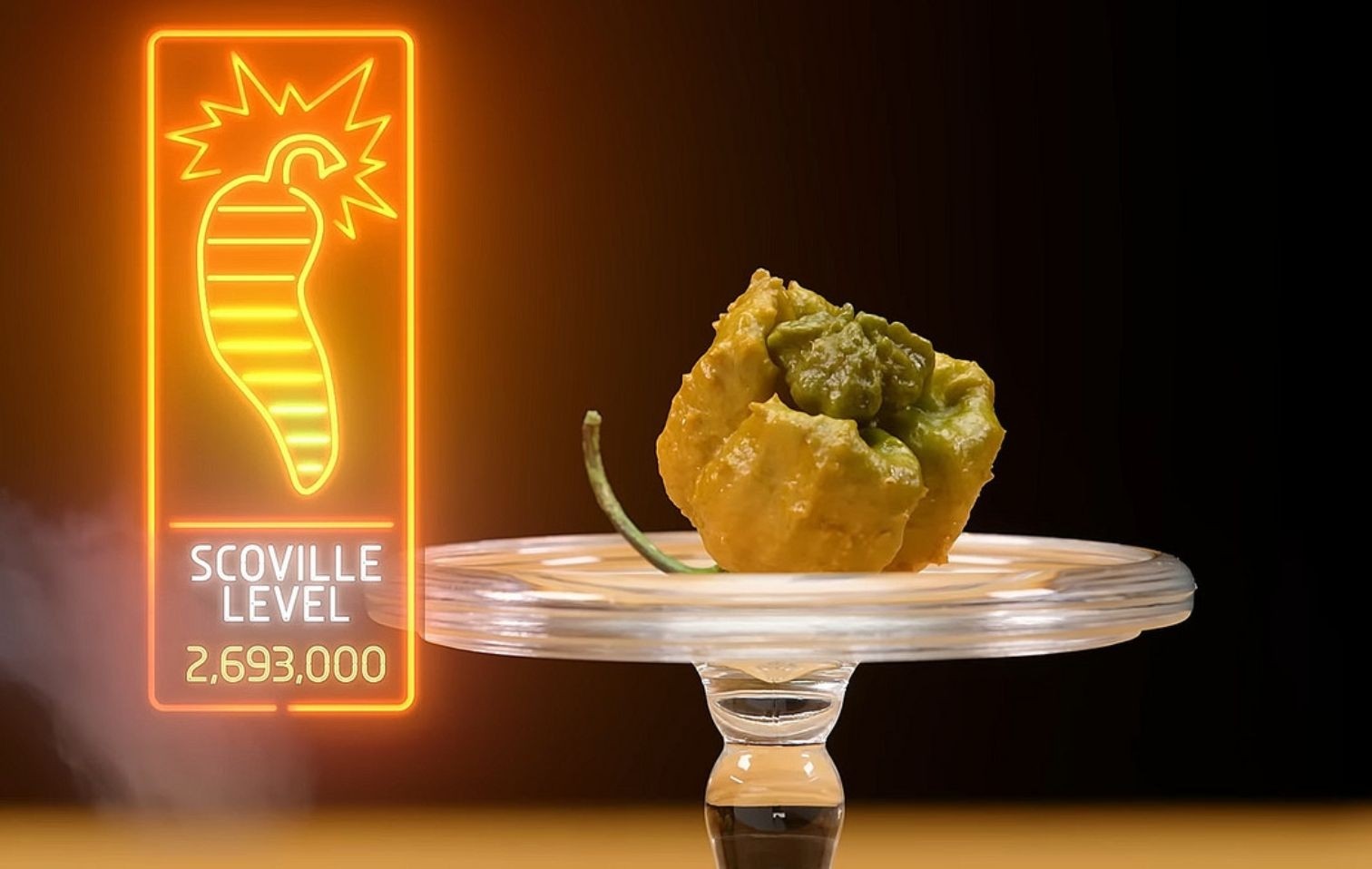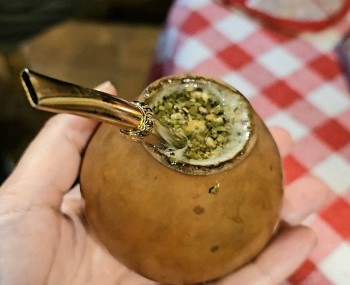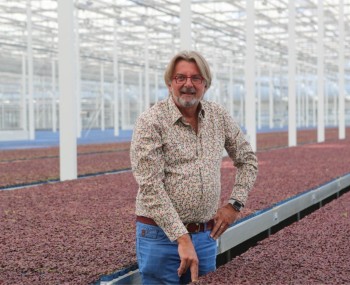Its effects outshine any anti-aggression spray and even powerful sedatives for wild animals, Pepper X dethrones Carolina Reaper as the new world's hottest chili.
Cover photo: @First We Feast
The record
As the exceptionally warm and lengthy summer finally appears to be coming to an end, Pepper X arrives to heat up bodies and palates. On October 9th, it was crowned the "hottest in the world" by the Guinness World Records, boasting 2.693 million Scoville Heat Units (SHU). Pepper X dethroned the previous record held by Carolina Reaper, which, with 1.6 million SHU since 2013, consistently held the top spot (later surpassed by Dragon's Breat at 2.48 million SHU). Like Carolina Reaper, Pepper X, as reported by Robb Report, was "created" by Ed Currie, a chili enthusiast who crosses various chili varieties.
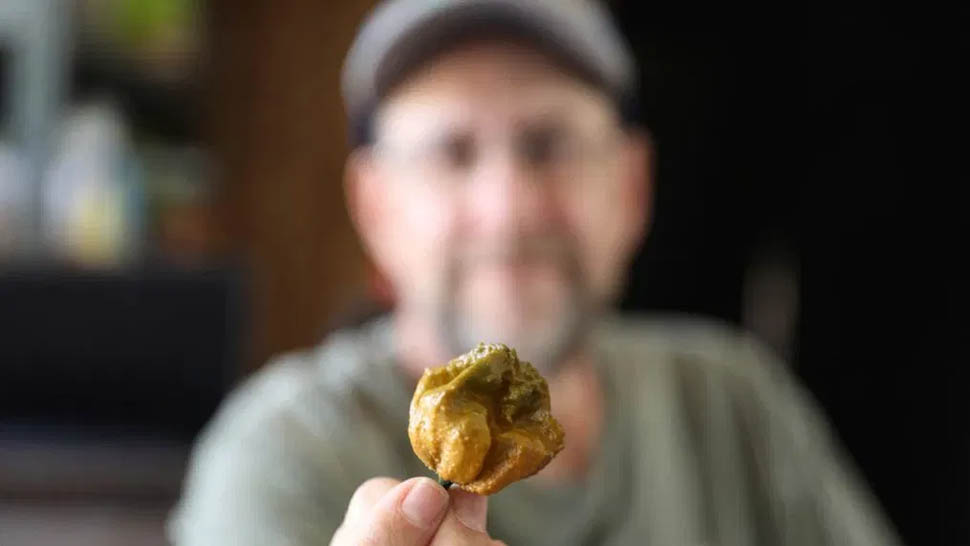
For decades, Mr. Currie has been developing and cultivating his chilies in dozens of secret fields and greenhouses throughout York County, South Carolina. His story deserves a mention: he began to develop a passion for spicy vegetables after overcoming drug and alcohol addiction, finding in chili research a "healthy diversion," he confesses. Currie's new creation is judged to be 15 to 20 times hotter than a habanero and 300 times hotter than a jalapeño. Consider that the pepper spray used by the police records 1.6 million SHU, and the bear deterrent spray records 2.2 million SHU (less than Pepper X).
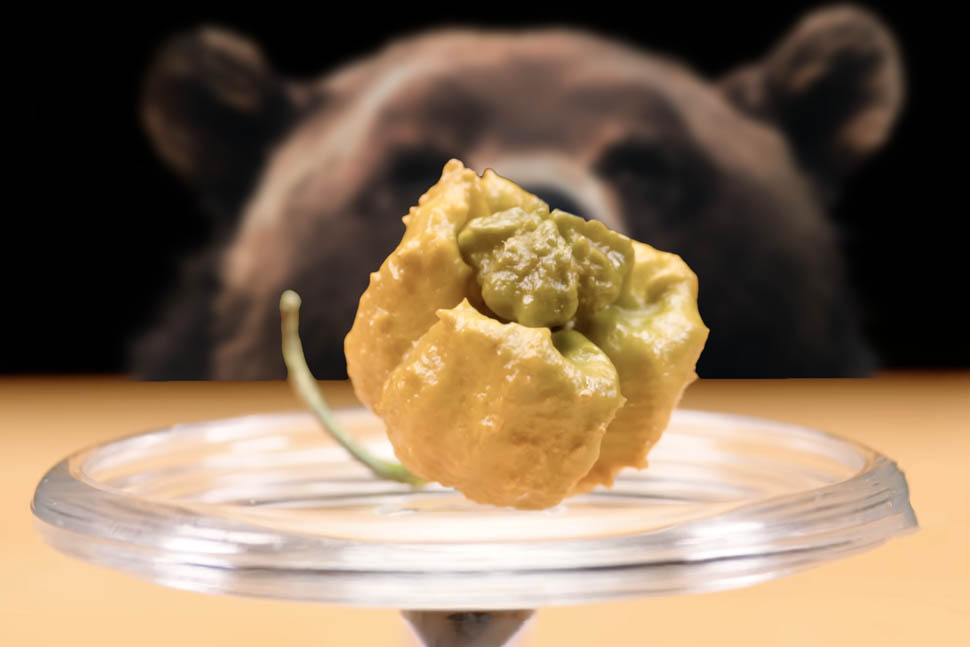
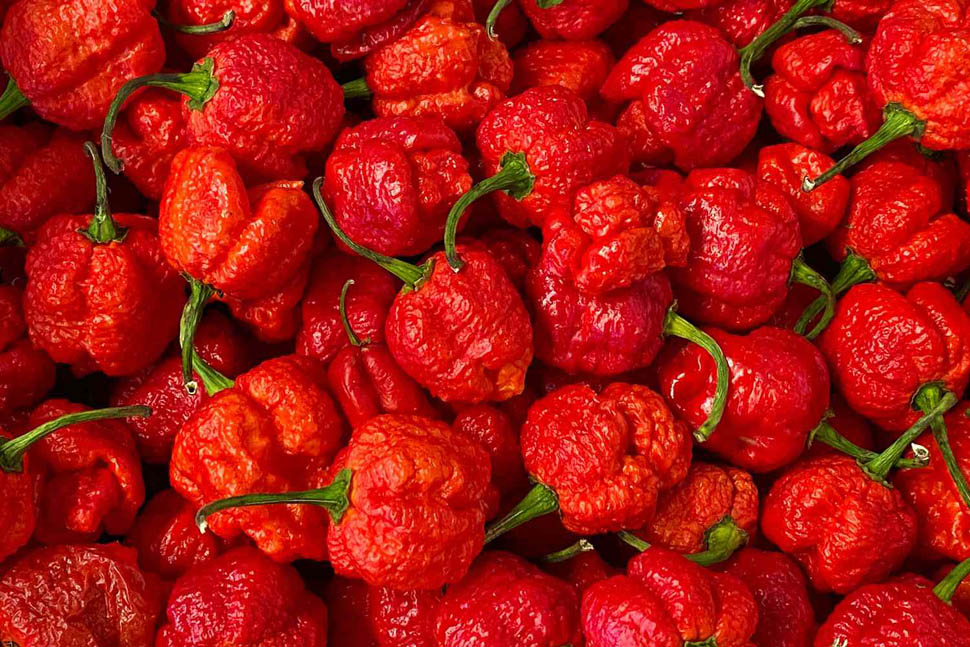
The Scoville scale was established in 1912 by Wilbur Lincoln Scoville, an overseas pharmacist who devised the Scoville Organoleptic Test (SOT), a test in which a solution containing chili extract is progressively diluted in water and sugar until the spiciness disappears. Obviously, even within the same category of chili, the degree of spiciness (due to the presence of capsaicinoids) can vary. Therefore, for assigning the top position, Guinness World Records considers the average values measured for a certain variety. Today, there are more advanced and sophisticated techniques to detect spiciness, such as High Performance Liquid Chromatography (HPLC), which ensures greater neutrality in measurement. However, the spiciness level continues to be conventionally indicated in SHU.
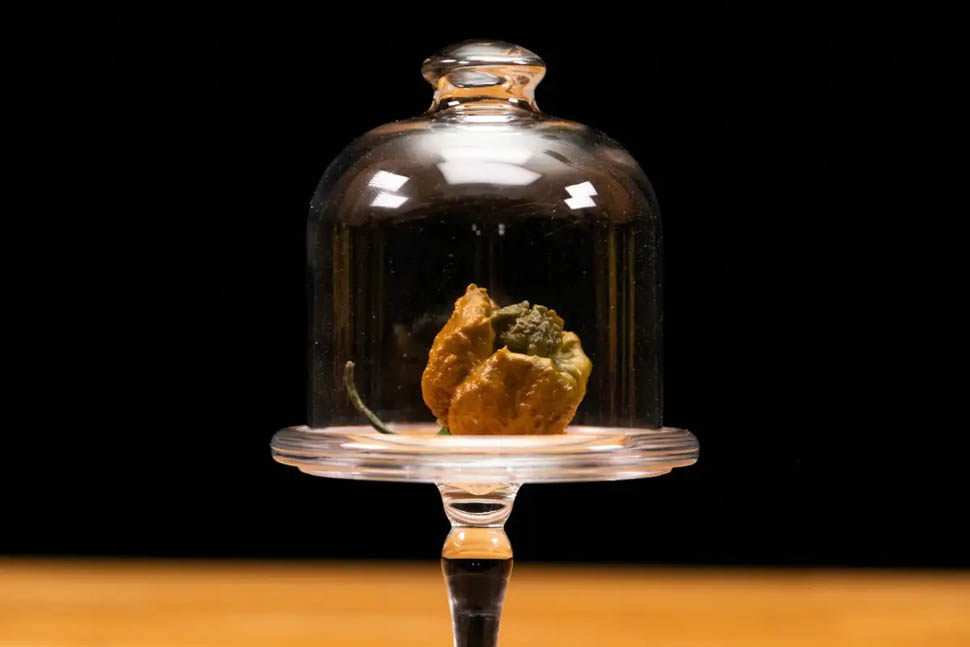
To create Pepper X, Currie spent over ten years crossbreeding different chili varieties. "When I tasted it, I felt crazy heat for three and a half hours. Then came the cramps, horrible cramps. I lay on a marble floor for about an hour in the rain, moaning in pain," he told the Associated Press. But beware: when asked if Pepper X is the specimen with the highest attainable spiciness level, the "chili man" - with a sly smile - replied, "No, we can go further." In any case, we advise against trying to eat it!
